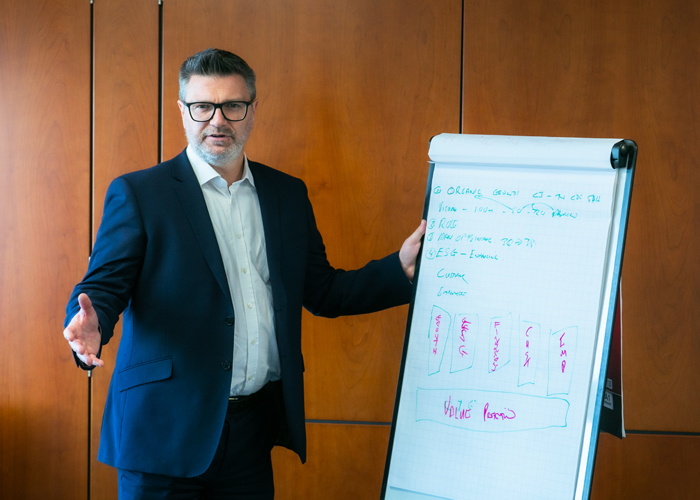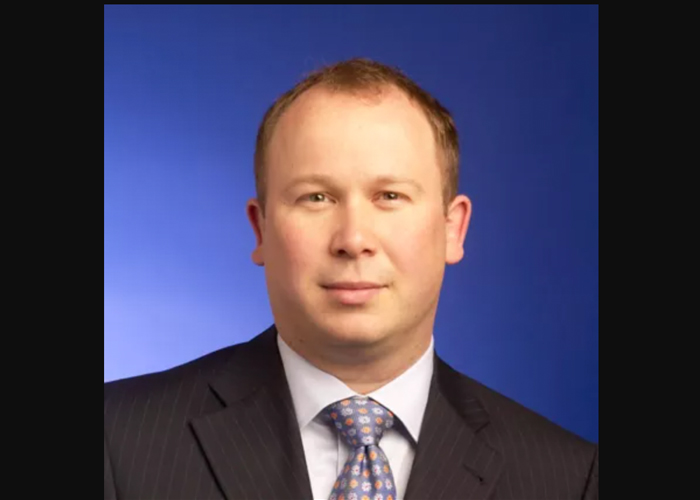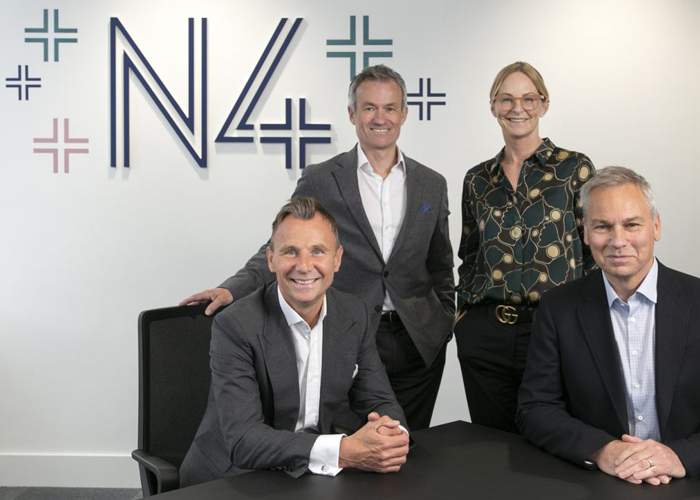Wylie & Bisset, Accountants and Business Advisers, says that the development of ‘patient capital’, together with ‘buy and build’ and ‘hub and spoke’ investment models, are making SMEs more attractive for private equity firms.
Last year saw £895m invested into businesses in Scotland by PE firms, a strong increase on previous years, according to a report from the British Private Equity and Venture Capital Association.
This investment is powering SMEs across Scotland, with technology the most attractive area for investment in 2021, with 65% of businesses operating in this sector.
Gerald McLaughlin, Head of Corporate Finance at Wylie & Bisset, suggests that one reason for this significant rise in investment is that many PE houses had raised funds that had been expected to be deployed throughout 2020/21 but were delayed due to Covid-related uncertainty, leading to cash pots sitting waiting to be invested.
“There is currently much deal activity as these funds have already been raised and private equity funds want them deployed because it is only through these investments that returns are generated,” he said.
And whereas PE firms traditionally sought an IRR (Internal Rate of Return) in excess of 20%, with a 3–4-year investment period, over recent years many have been more comfortable with a longer investment period, with the advent of ‘patient capital’ deployed by some business growth funds benefitting SMEs seeking to scale-up their enterprises.
“PE firms are now more willing to invest in smaller businesses, and smaller businesses are now more willing to take on private equity,” said Mr McLaughlin.
“PE firms are looking for SMEs with a unique service or product, a solid management team and, for new developments, barriers to entry for competitors so that there is an opportunity to develop that offering and roll it out on a much wider basis.
“And with more than a third of PE investments lying outwith the technology sector, there’s a move towards PE growth plans through ‘buy and build’ or ‘hub and spoke’ models whereby a business is bought, followed by several smaller bolt-on businesses, perhaps for geographical diversification, economies of scale or additional services or products.”
These models are deemed to be less risky and have recently been deployed in the healthcare and professional services sectors.
“We would not traditionally have expected PE houses to get involved in funding dental surgeries, for example, but the rise of ‘patient capital’ and ‘buy and build’ models mean that they now are.
“More PE houses are expressing an interest in established SMEs that need a kick-start or growth capital to develop a new service. I would advise SMEs seeking PE investment to speak to their accountants to develop a robust financial projection model to demonstrate their growth capabilities and the potential IRR.”











